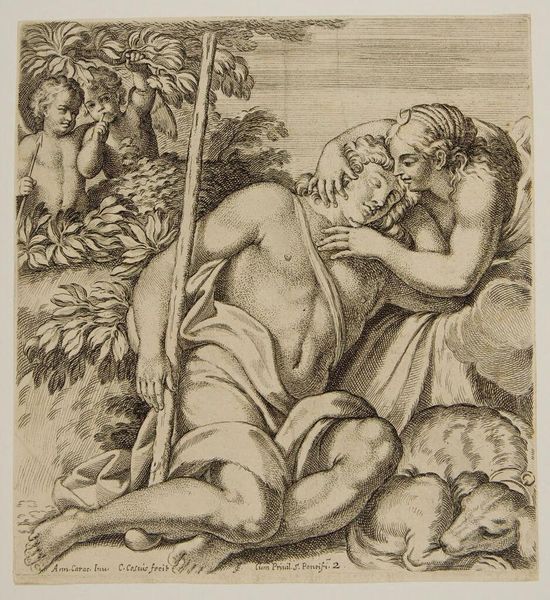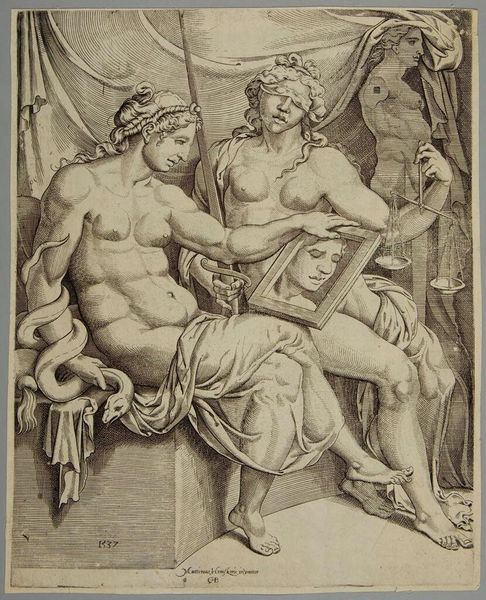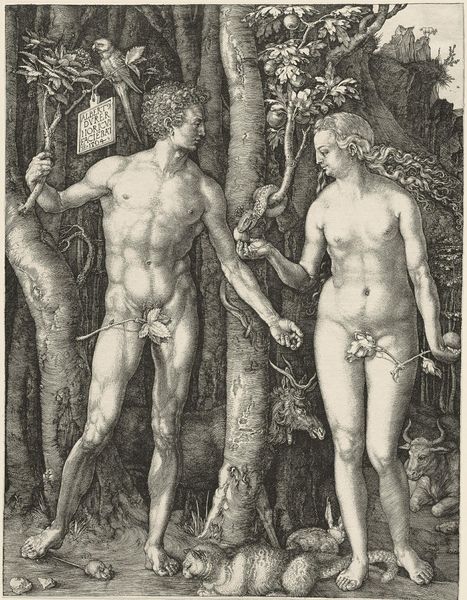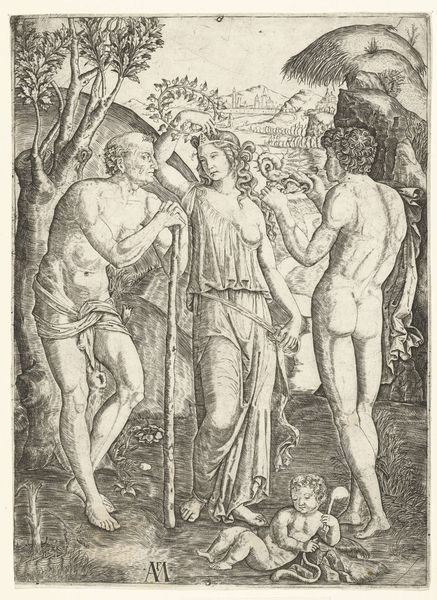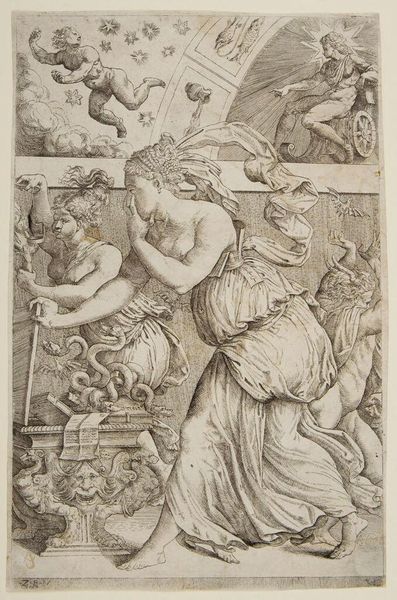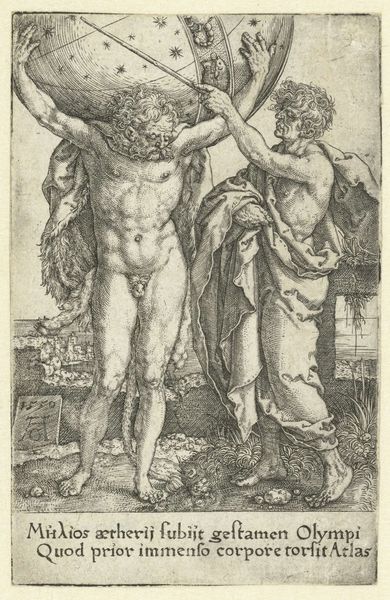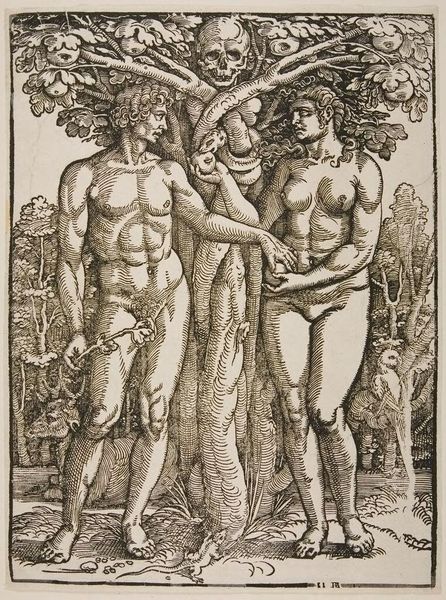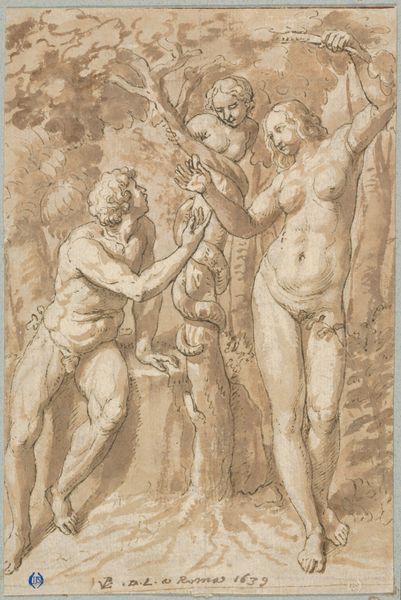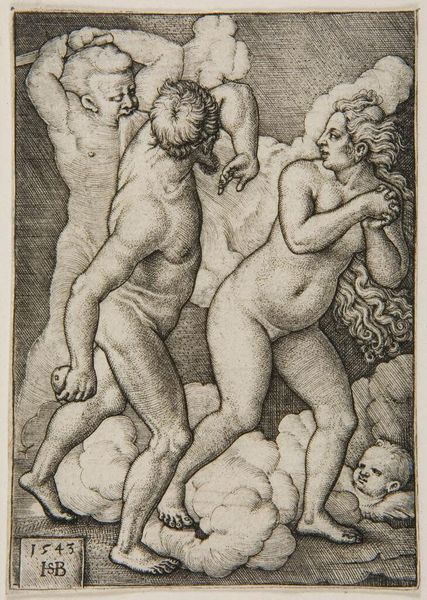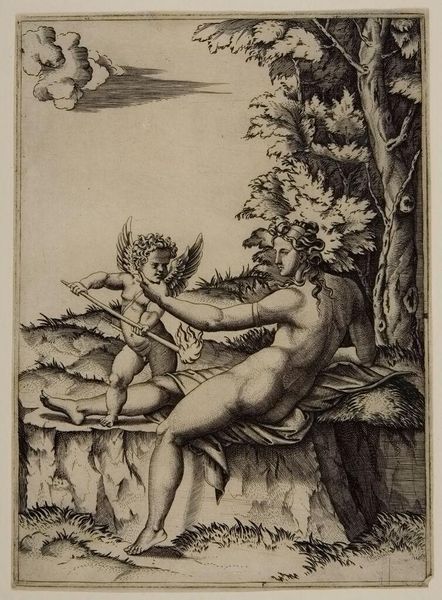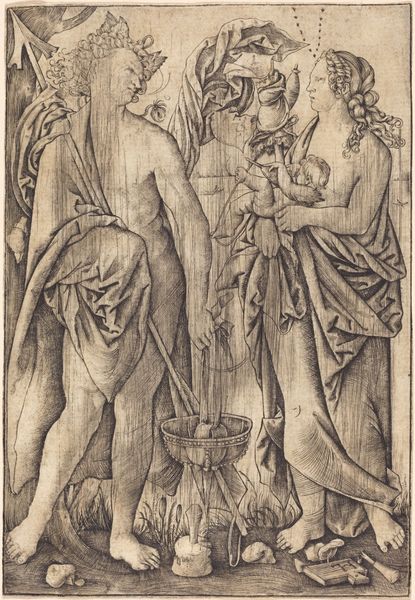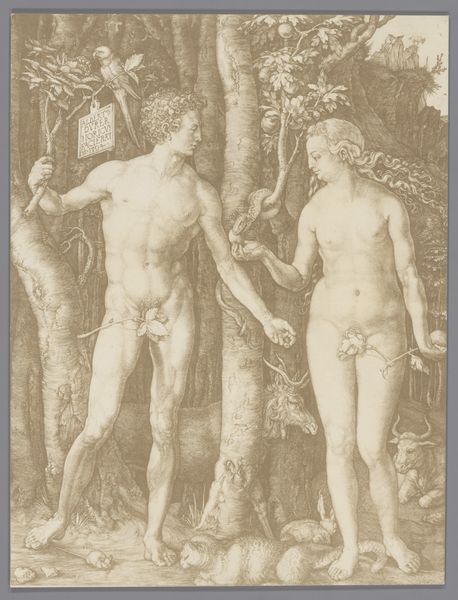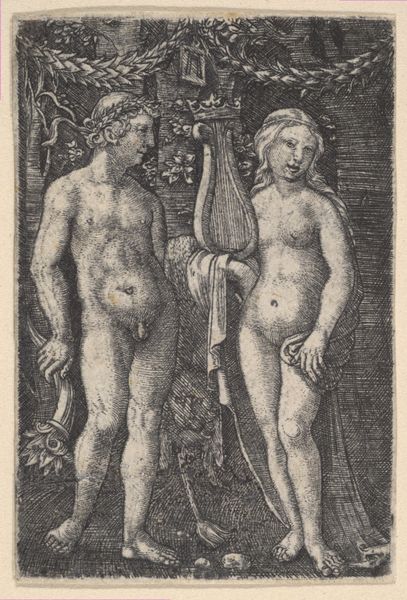Adam and Eve, from the 'Stanza della Segnatura' 1511
🔒Audio guide available with collection purchase
#
toned paper
#
sculpture
#
charcoal drawing
#
possibly oil pastel
#
charcoal art
#
oil painting
#
coloured pencil
#
underpainting
#
mythology
#
watercolor
#
warm toned green
Copyright: Public domain
Comments
No comments
Be the first to comment and join the conversation on the ultimate creative platform.

